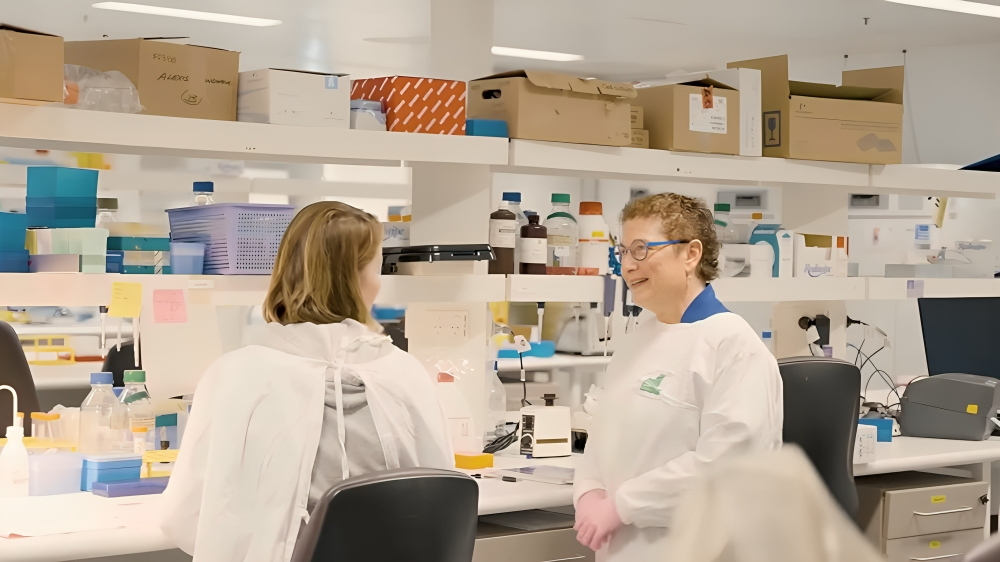Children’s Cancer Institute shared a post on LinkedIn:
“Australian researchers have developed an advanced method of growing 3D models of children’s tumours – ‘tumouroids’ containing living cancer cells from the children – to enable high-throughput drug testing to find the best treatment for each child, quickly and efficiently.
Published this week in the international journal EMBO Molecular Systems Biology, this development could prove a game-changer for precision medicine programs around the world – including Australia’s own Zero Childhood Cancer Program (ZERO), jointly run by Children’s Cancer Institute and Kids Cancer Centre at Sydney Children’s Hospital – which aim to match patients to treatments in an effort to achieve the best possible clinical outcomes.
Professor Maria Kavallaris AMHead of the Translational Cancer Nanomedicine Group at Children’s Cancer Institute, who led the research, said that the new method overcomes a number of hurdles that have limited the use of tumour testing methods in the past. These include having insufficient patient tumour samples to develop a relevant model from, and the time involved in developing such a model, with traditional methods taking months and the new method taking just days.
“Determining which treatment is best for which child in a clinically useful timeframe is a major challenge for precision medicine programs such as ZERO,” Professor Kavallaris commented. “The technology we’ve developed is a major advance because it allows us to rapidly grow tumours – including cancers that have been very difficult to grow in the lab in the past – that maintain the features of the original sample, meaning that they are truly representative of the patient’s tumour. This allows us to test for drug sensitivities not only quickly, but with confidence that the results are relevant.”
“This development has the potential to significantly improve personalised cancer care, as well as accelerate the development of new effective therapies for children with cancer.”
To develop the model, the researchers used advanced 3D bioprinting technology and a specially engineered matrix (hydrogel system) that mimics a tumour’s natural environment. Using cancer cells from children with two of the more commonly diagnosed childhood tumours, neuroblastoma and sarcoma, they then created patient-specific ‘tumouroids’.
When the researchers tested their 3D bioprinting approach in the high-throughput drug screening platform used by ZERO, they found it to be both compatible and feasible.
“Our approach represents a major advance in cancer modelling and drug testing, and provides a powerful new tool for precision oncology,” said Professor Kavallaris. “We believe it holds great promise for improving survival in children with high-risk cancers.”
Key funding bodies for the research included Cancer Council NSW and the National Health and Medical Research Council (NHMRC).
More posts featuring Children’s Cancer Institute on OncoDaily.
